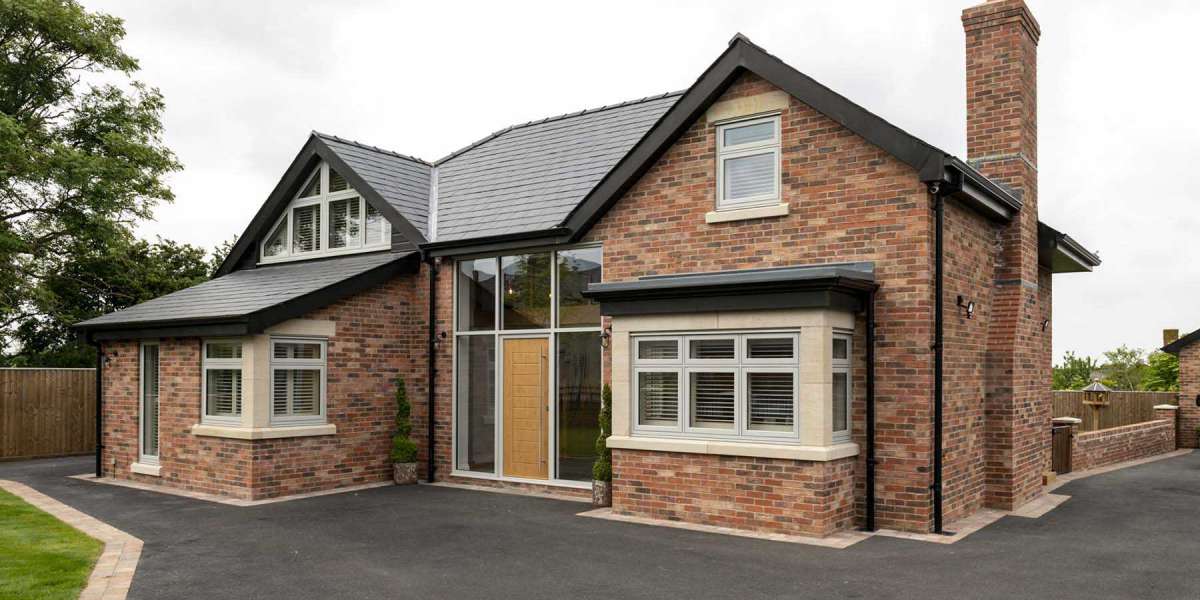Outdoor and indoor electrical bushings Outdoor and indoor electrical bushings are engineered for diverse environments, providing durable and reliable insulation for transformers and switchgear installations.
The distinction between Outdoor and Indoor Electrical Bushings is primarily driven by the vastly different environmental conditions each must endure, which dictates significant variations in design, material selection, and required performance specifications.
Outdoor Bushings are designed for exposure to the harshest environmental elements. Their key requirements revolve around the ability to perform reliably under continuous exposure to moisture, precipitation, solar radiation, temperature extremes, wind, and various forms of atmospheric contamination (e.g., salt spray near coastlines, industrial pollution, desert dust). The most noticeable feature of an outdoor bushing is the external housing (weather sheds), which is designed to be large, typically with deep, alternating skirts or ribs. This shape maximizes the creepage distance along the external surface, forcing any leakage current due to surface contamination to travel a longer path, thereby preventing flashover. Materials for outdoor use, such as porcelain or silicone rubber (on composite designs), are selected for their resistance to UV degradation, thermal cycling, and their surface properties; silicone rubber, in particular, is highly favored for its exceptional hydrophobicity which allows the surface to shed water effectively, reducing the risk of tracking.
Indoor Bushings, conversely, operate in a relatively protected and controlled environment, typically within a substation building or equipment enclosure. Since they are shielded from direct weather, pollution levels are generally lower and more predictable. This allows for a much more compact design. The external sheds, if present, are often smaller or less pronounced, as the primary stress factor is usually internal partial discharge rather than external flashover. The material choice often favors cast epoxy resin for medium-voltage applications due to its excellent dielectric properties, ease of molding into complex shapes, and good mechanical strength in confined spaces. Indoor bushings may also include air-to-air designs that pass a conductor through a wall, separating two conditioned areas.
A crucial difference lies in the insulation coordination required. Outdoor bushings must withstand the full spectrum of external over-voltages, especially high-magnitude lightning impulses. Indoor bushings, while still needing to be robust, are usually protected to some extent by the surrounding structure and surge arresters, which shifts the design focus more toward thermal performance (handling the current’s heat) and maintaining internal insulation integrity. Ultimately, the classification is based on the end of the bushing—a transformer bushing is an air-to-oil design, where the air end is either an outdoor type (with large sheds) or an indoor type (with simpler sheds or just a smooth profile), reflecting its service location.
FAQ on Outdoor and Indoor Electrical Bushings
What is the main design feature that differentiates an outdoor bushing from an indoor one?
The external weather shed profile is the key differentiator; outdoor bushings have larger, more pronounced sheds to maximize creepage distance and shed water, which isn't necessary for the protected indoor environment.
Why is silicone rubber a particularly preferred material for outdoor bushing sheds?
Silicone rubber is preferred for its outstanding hydrophobicity (water repellency) and resistance to UV light and weathering, which helps maintain insulation integrity in contaminated and wet conditions.
In addition to weather, what other design requirement is relaxed for many indoor bushings?
The requirement for extreme resistance to lightning impulse over-voltages is often reduced for indoor bushings, as the enclosed equipment is typically protected by surge arresters and the surrounding structure.







